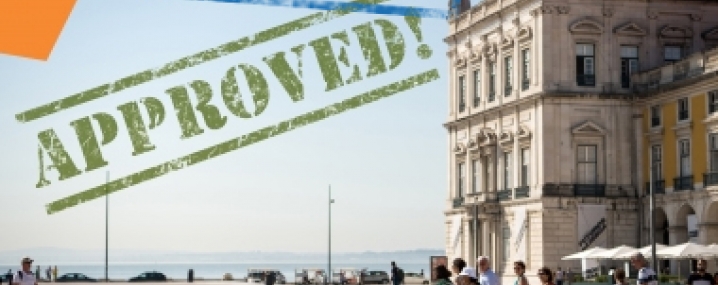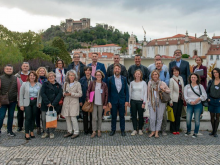
Pella
The Municipality of Pella is located next to one of the biggest lowlands of the country, which leads to the dependence of the area on mostly rural activities. It is actually the main feature that defines the character of the area around Giannitsa (fertile valley due to the dried lake). From a cultural point of view, Pella is rich in history and natural beauty location with many sights and areas to explore. Among the most famous of them are the Archeological Museum of Pella with its surrounding archaeological site, the Ottoman monuments and the military and folklore museums of the city in Giannitsa, the mountain Paiko, the springs of Aravissos, the river Loudias, orthodox churches and monasteries of exceptional interest. Moreover combining the cultural and rural aspect of the area our wineries are gaining gradually more and more visitors.
According to the strategic plan the objectives of the local authority focus, through its four annexes, on the sustainable development, implementation of environmentally friendly policies, the improvement of the social welfare conditions and the support of the local labour and commercial market.
There are specific projects under implementation aiming to fulfil the over mentioned objectives: Regeneration of the city centre in Giannitsa, energy upgrading in school units, creation of the recycling centre, upgrading playground facilities e.t.c. The strategic plan of sustainable urban development includes apart from regeneration actions, the creation of a historic route through the Ottoman monuments, smart applications for citizens and tourists to upgrade the functionality of the local services, the support of vulnerable social groups of the city, the increase of voluntary spirit and training actions aiming to raise public awareness on environmental, discrimination and employment issues.
All these aspects will hopefully contribute to the city’s development in terms of the quality of public space and the quality of citizen’s life.
Currently according to the results of a recent study on the sustainable urban mobility plan it’s advisable to respond to the challenges which emerge from this study. Examples of issues that have to be tackled are: accessibility, urban regeneration, use of new technology to facilitate pedestrian and vehicle transportation, road decongestion, strengthen pedestrian infrastructure, strengthen bike infrastructure, improve urban transport, upgrade road safety conditions, improve parking management, organization and management of commercial transport.
SOME RELATED NETWORKS
UrbSecurity
Article



